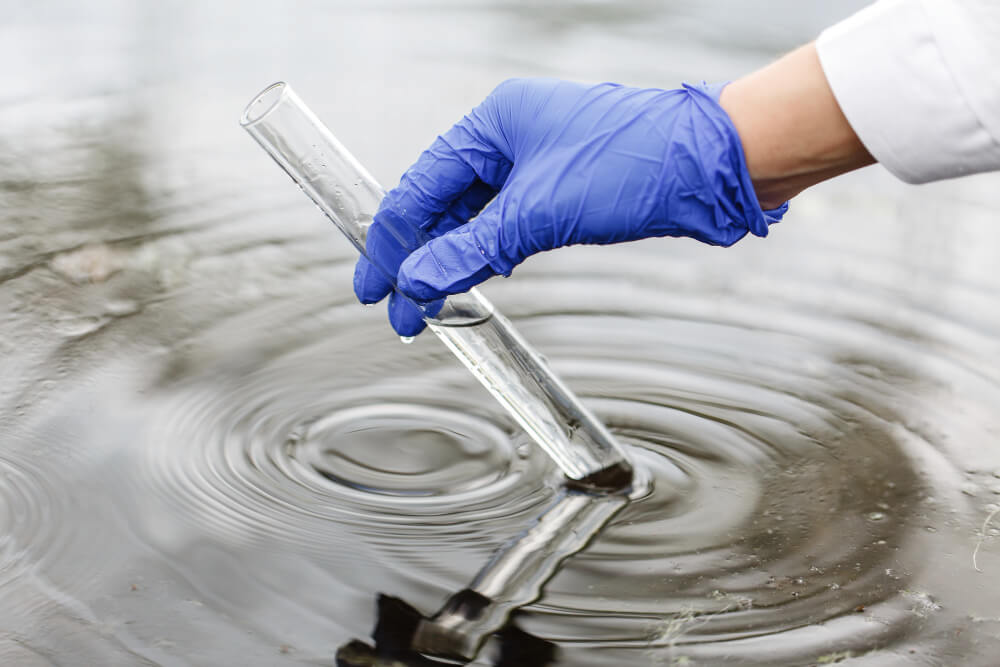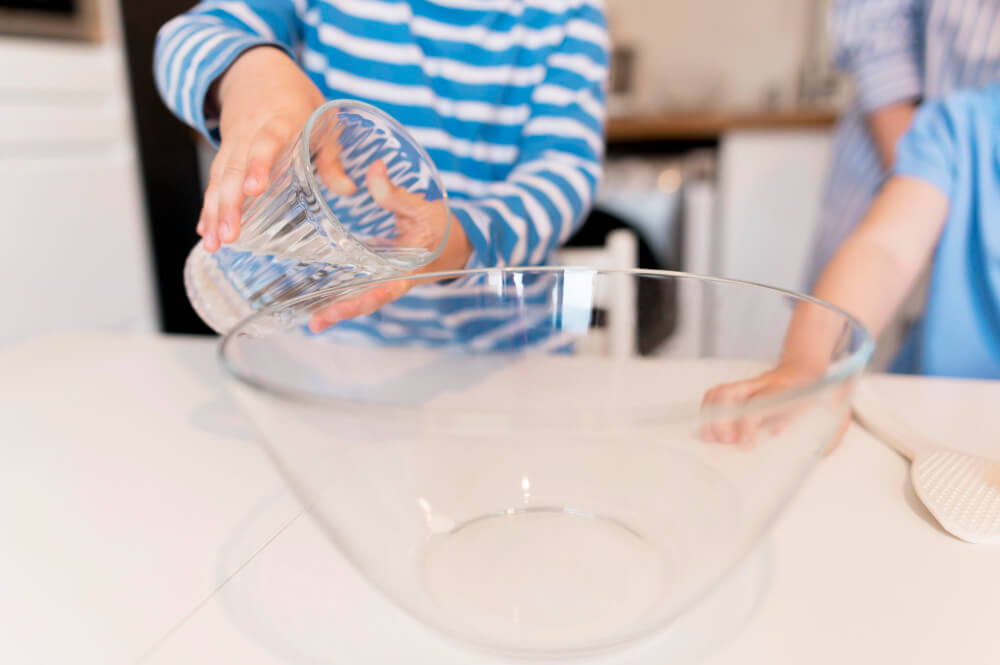
Welcome to our in-depth guide on water tank cleaning in Whatawhata! In this comprehensive resource, we’ll cover everything you need to know about maintaining the cleanliness and safety of your water tank.
Whether you’re a seasoned homeowner or new to the world of water tank maintenance, we’re here to provide you with practical tips, expert advice, and step-by-step instructions to help you keep your water supply fresh, clean, and free from contaminants.
Understanding the Importance of Water Tank Cleaning
Water tanks play a crucial role in providing clean, potable water for households in areas without access to municipal water supplies. However, without proper maintenance, these tanks can become breeding grounds for bacteria, algae, and other harmful contaminants. Regular cleaning is essential to ensure the safety and quality of your drinking water and to prevent potential health risks for you and your family.
Common Concerns and Questions
Before we delve into the specifics of water tank cleaning, let’s address some common concerns and questions that homeowners in Whatawhata may have:
Is it necessary to clean my water tank regularly?
Yes, regular cleaning is vital to remove accumulated sediment, algae, and other impurities that can compromise water quality.
Without proper maintenance, your water tank may become a breeding ground for bacteria and other pathogens.
How often should I clean my water tank?
The frequency of water tank cleaning depends on various factors, including tank size, water usage, and environmental conditions.
However, it’s generally recommended to clean your tank at least once a year to ensure optimal performance and water quality.
What are the risks of not cleaning my water tank?
Neglecting water tank maintenance can lead to a range of problems, including bacterial contamination, foul odors, and decreased water quality. In severe cases, untreated water tanks can pose significant health risks to consumers.
Now that we’ve addressed some common concerns let’s delve into the step-by-step process of cleaning your water tank effectively.
Step-by-Step Guide to Water Tank Cleaning
Preparation:
Begin by turning off the water supply to your tank and draining any remaining water. This will make the cleaning process easier and more effective.
Additionally, remove any debris or sediment from the tank’s inlet and outlet pipes.
Inspection:
Before cleaning your tank, take the time to inspect its interior for signs of damage, corrosion, or contamination.
Look for cracks, leaks, or areas where algae or sediment may have accumulated.
Scrubbing:
Using a non-toxic cleaner and a stiff-bristled brush, scrub the interior walls and floor of your tank to remove any buildup of sediment, algae, or other impurities.
Pay close attention to corners, seams, and other hard-to-reach areas where contaminants may accumulate.
Rinsing:
Once you’ve scrubbed the tank, thoroughly rinse it with clean water to remove any remaining cleaner or debris. Repeat this step as necessary until the water runs clear.
Disinfection:
After rinsing, it’s essential to disinfect your tank to kill any remaining bacteria or pathogens. You can use chlorine bleach or another disinfectant approved for use in drinking water systems. Follow the manufacturer’s instructions carefully to ensure proper disinfection.
Final Inspection:
After cleaning and disinfecting your tank, conduct a final inspection to ensure that it is free from debris, odors, and contamination. Check for any signs of leaks, damage, or corrosion that may require further attention.
Refilling:
Once your tank is clean and free from contaminants, you can safely refill it with fresh water. Be sure to monitor the water level and quality regularly to ensure continued safety and performance.
Maintaining Water Quality
In addition to regular cleaning, there are several measures you can take to maintain the quality of your drinking water:
- Monitor Water Usage: Keep track of your household’s water usage and address any leaks or inefficiencies promptly to prevent water wastage and contamination.
- Inspect Regularly: Periodically inspect your water tank for signs of damage, corrosion, or contamination. Address any issues promptly to prevent further deterioration and ensure ongoing water quality.
- Test Water Quality: Consider testing your water periodically for bacteria, pH levels, and other indicators of water quality. This will help you identify any potential issues early and take corrective action as needed.

Conclusion
Proper maintenance of your water tank is essential to ensure the safety, quality, and reliability of your drinking water supply.
By following the steps outlined in this guide and implementing regular maintenance practices, you can safeguard your health and the well-being of your family for years to come.
Remember, maintaining a clean and well-functioning water tank requires ongoing effort and attention to detail.
However, the benefits of clean, safe drinking water far outweigh the time and effort invested in its maintenance.
If you have any questions or concerns about water tank cleaning or maintenance, don’t hesitate to reach out to a qualified professional for assistance.
Your local water authority or plumbing service provider can offer expert advice and guidance tailored to your specific needs and circumstances.
Thank you for taking the time to read our guide, and we wish you success in keeping your water tank clean, safe, and reliable for years to come!
FAQs
How often should a water tank be cleaned?
Water tanks should be cleaned at least once a year to remove any accumulated algae, silt, and bacteria that can contaminate the water.
What is the process for cleaning a water tank?
The basic steps are: 1) Drain the tank completely, 2) Scrub the interior surfaces with a detergent solution and brush/pressure washer, 3) Rinse thoroughly until all detergent is removed, 4) Disinfect with a chlorine/bleach solution, and 5) Flush and refill with fresh water.
What safety precautions should be taken?
Wear proper protective equipment like gloves and goggles. Never enter a large tank as it can be dangerous. Properly dispose of drained water and cleaning solutions to avoid environmental contamination.
Can I clean the tank myself or should I hire a professional?
Small tanks can potentially be cleaned by homeowners, but large industrial/municipal tanks should be cleaned by trained professionals with proper equipment and safety protocols.
How do I calculate the amount of bleach needed to disinfect?
The amount of bleach needed depends on the tank volume – use 4 cups for 250 gallons, 1/2 gallon for 500 gallons, 3/4 gallon for 750 gallons, and 1 gallon for 1000 gallons.
